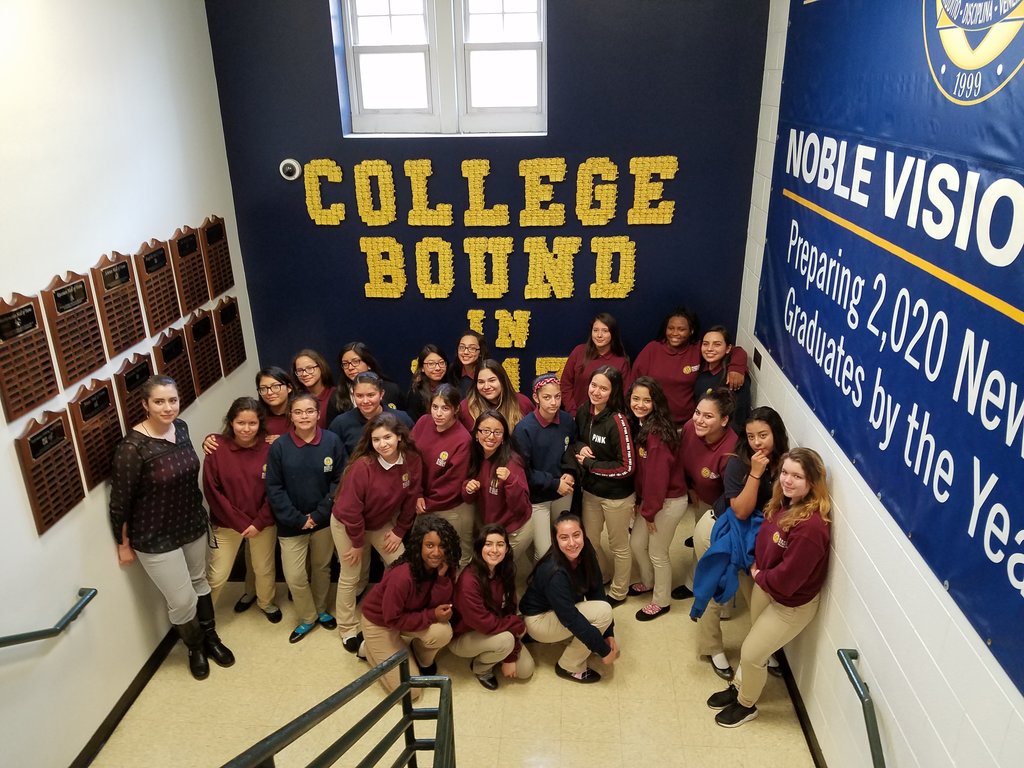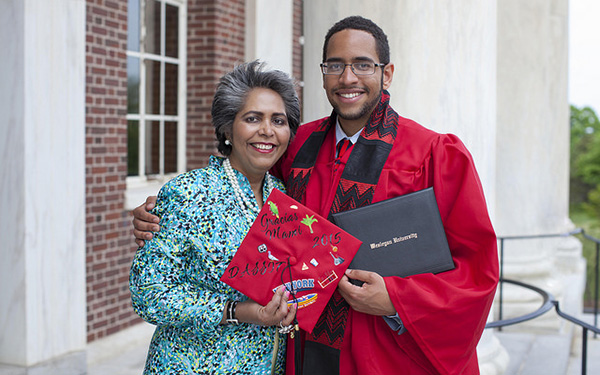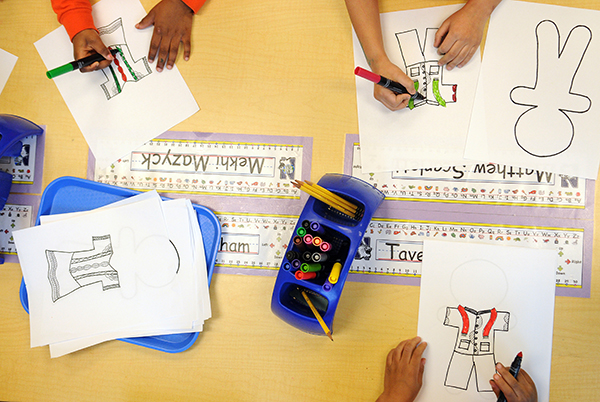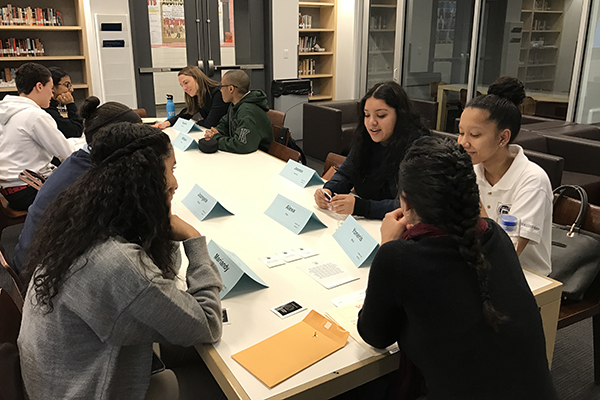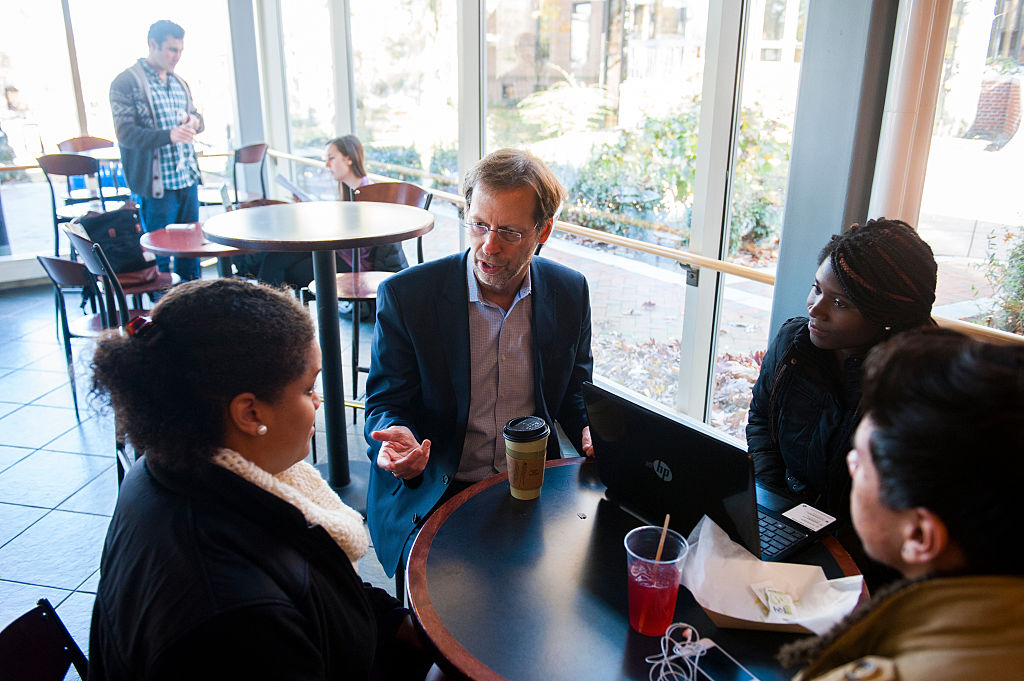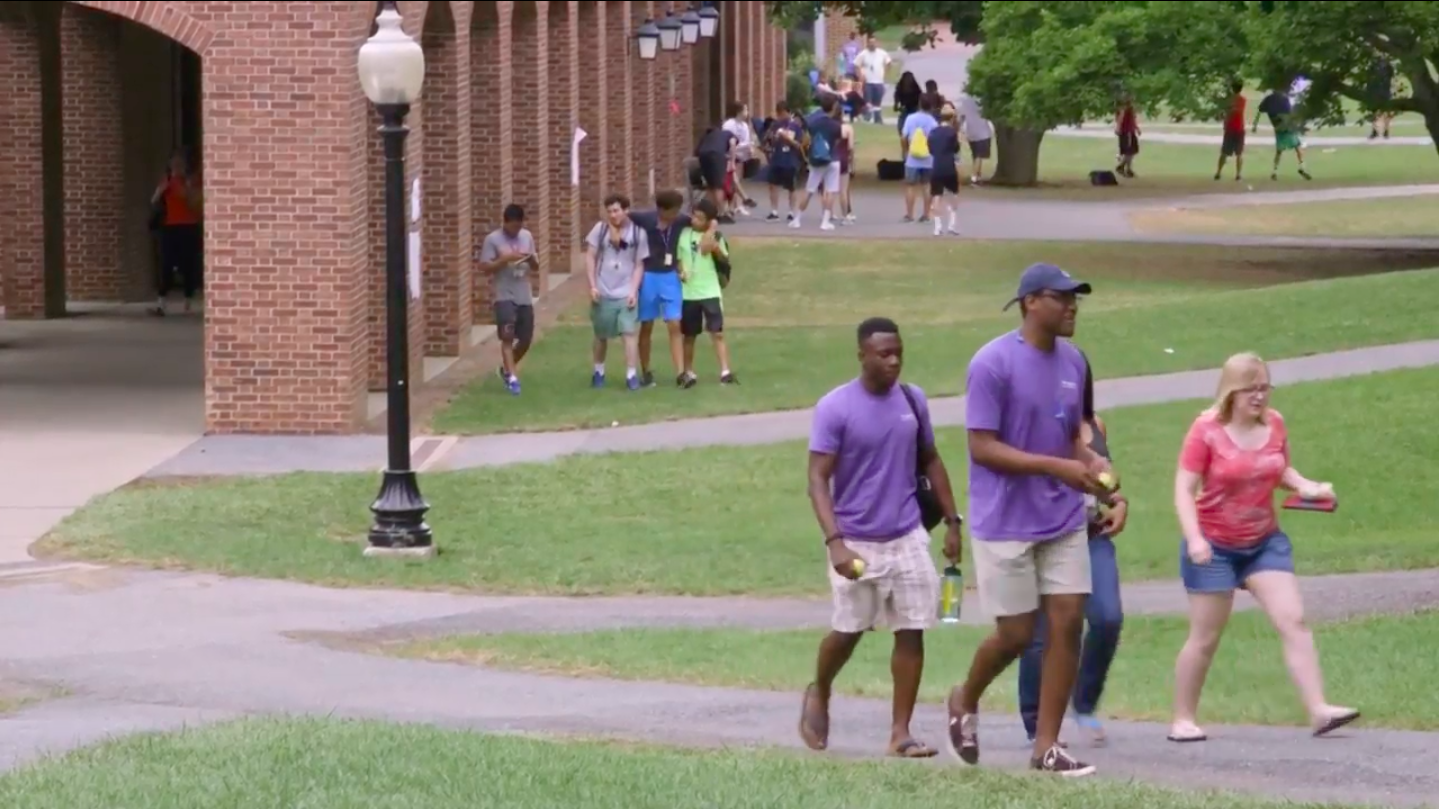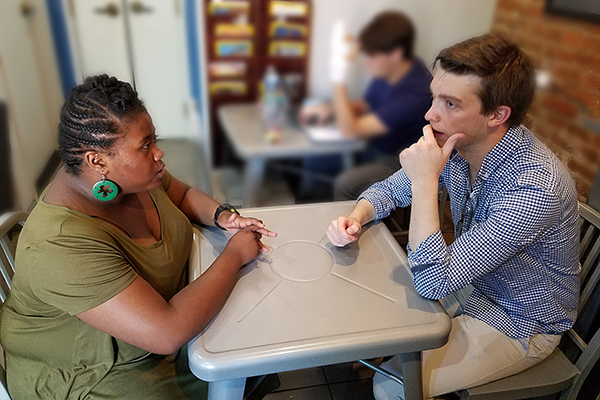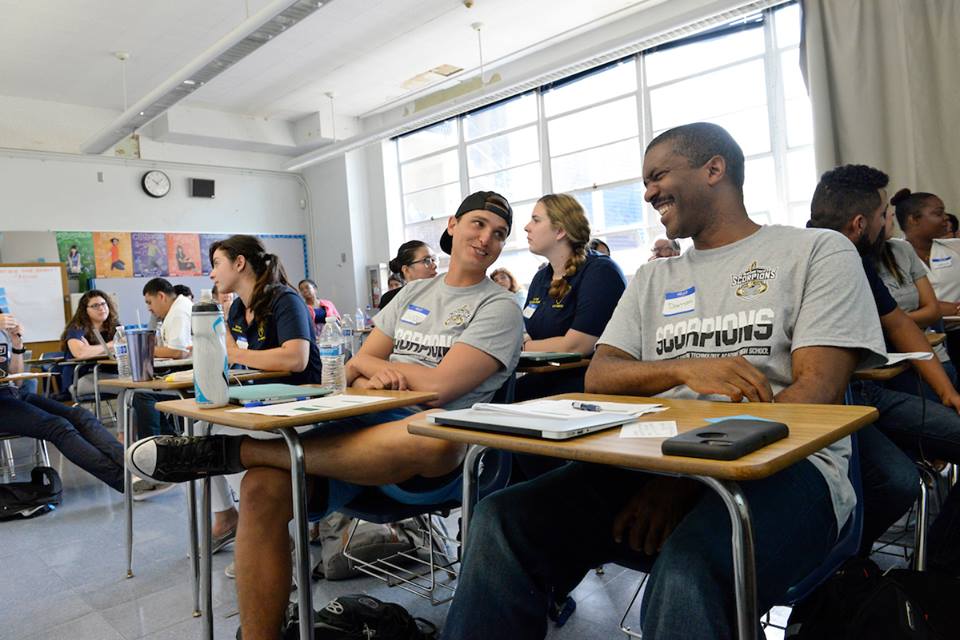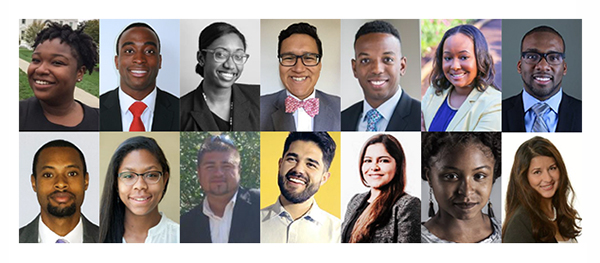Barth, Feinberg, Levin — Measuring Outcomes Beyond High School: Why Schools Must Raise the Bar in Helping Students Attain Choice-Filled Lives

A KIPP NJ alum with his KIPP Through College counselor. (Photo credit: KIPP)
It’s no secret that educators across America have different educational approaches and philosophies. But there’s one thing on which most educators agree: the importance of preparing students to lead choice-filled lives. It is surprising, then, that most K-12 schools and systems do not measure or report any student outcome beyond high school graduation.
As the leaders of KIPP, a pre-K–12 public charter school network educating nearly 90,000 students from underserved communities in 20 states and supporting 12,000 alumni in college, we’ve seen firsthand the power and potential of children across the country since our founding in 1994. We’ve also witnessed just how many challenges confront young people, particularly those from underserved communities, as they pursue their passions and their futures. In the process, we have learned a great deal from staying in touch with our students and supporting them along their life journeys. This is why we are so committed to talking publicly about college completion and career preparation.
While there is much public debate around the merits of a college education, we do believe that in America today, young people with college degrees have better odds at leading choice-filled lives. The research is clear: college grads have better earning power, civic engagement, and access to healthcare than those without a bachelor’s degree. Researchers have also found that the impact of a college degree on adult income levels is higher for students from underserved communities than for their more affluent peers.
Therefore, it is more helpful to families, educators, and civic, business, and political leaders to know how schools and school systems are performing on post-secondary outcomes for all their kids as the “final score” than on any grade-level test, which is more akin to the “halftime score.” And while college might not be right for all students, the skills necessary to succeed in college certainly are beneficial for all students. The role of K-12 school systems should be to prepare all their children to have the freedom to choose their post-secondary path. Critical thinking skills, social intelligence, grit, and more — these are the strengths that our students rely on in school, the workplace, and throughout their adult lives, and these are the strengths for which colleges and employers alike are searching.
Right now, there is a college completion gap in the U.S. based primarily on income. According to researchers, about 9 percent of students from families in America’s lowest income quartile earn a college degree, while students from families in the top income quartile earn college degrees at 5 to 6 times that rate. And the gap has been growing. Many students from low-income families don’t receive a high-quality college-prep education or college counseling; in the worst-case scenario, they enroll in college, accrue debt, encounter roadblocks, and drop out before earning a degree.
To help as many of our students as possible achieve their dreams, we stay in touch with our students well after they leave KIPP, whether that is after middle school to attend a non-KIPP high school or after they graduate a KIPP high school and move on to other paths. We track how our students in college are faring in college, and what factors help them flourish on campus. We also want to know about those who don’t go on to college, and how we can better empower them in pursuing choice-filled lives.
KIPP calculates our college completion rate based on the KIPP students who start high school, not just those who graduate. We track our students’ college progress and outcomes for every student who completes eighth grade at a KIPP middle school. For students who join KIPP in high school, we track their long-term outcomes starting at the end of freshman year. This earlier starting point provides a more complete measure of our performance. This is the bar we believe all schools and school systems should set for themselves and report to the public.
Based on our formula, KIPP’s current national college completion rate for our alumni is 38 percent. This is above the national average for all students (36 percent), and approximately four times the national average for students from low-income families (about 9 percent).
While we are proud of these results, we have room to grow. Our immediate goal is for 50 percent or more of our alumni to complete bachelor’s degrees in six years — looking at our oldest cohorts of alumni, we know we can get there, and for those who don’t go to college, we want them to be well positioned to pursue jobs that are both personally and financially rewarding.
We recognize that it is not easy for school systems to track students’ post-secondary progress and outcomes as we propose, and that doing so will require a meaningful investment of time and resources. We think that investment is not only worthwhile but crucial. And collaboration among schools can help lighten the load for everyone. The KIPP Through College program has made our most-used and most-requested tools available in the Beyond KIPP Resource Library, and we are eager to learn from other schools about what can make this approach work effectively.
There are clear steps K-12 educators can take to increase meaningful career opportunities for young people. We need to find better ways to keep more students with us in school, by helping each child find their passion, purpose, and plan. We need to make sure our juniors and seniors are applying to the right mix of colleges, and that they are equipped to make smart financial decisions. We also need to identify strong alternatives for those who don’t go on to college directly from high school.
And K-12 schools can’t do it alone; institutions of higher education need to play a role. KIPP has created partnerships with 90 colleges and universities to help more students persist to college graduation day. Many of these universities are leading the way in transforming higher education to better serve first-generation college goers, including offering programs to help students thrive on campus, increasing financial aid, and facilitating peer groups for mutual support. We need to ensure these ideas are replicated across more colleges and universities.
A college-preparatory education can make a life-changing difference for students from underserved communities. But if we as educators are to set more students on the trajectory toward choice-filled lives, we must be honest about how well we are doing toward this goal. Holding ourselves accountable by measuring post-secondary outcomes for students who start high school — not just those who finish — is a big step in the right direction.
Your Alumni
Story Here
We Recommend
-
Noble Network of Charter Schools: It’s Not Just About Going to College, It’s Also About Leaving to Learn Outside Chicago
-
King & Peiser: College Completion — Charter Schools as Laboratories
-
Q&A With UNCF CEO Michael Lomax: We’ve Got to Garner More Resources for Low-Income Kids for This Journey “To and Through” College
-
Gilchrist: My Charter School Saved My Life
-
Exclusive: Data Show Charter School Students Graduating From College at Three to Five Times National Average
-
WATCH: At Newark’s North Star Academy, 100% of the Class of 2017 Is Going to College
-
WATCH – The Alumni Tell Their Stories: College Gave Jadah Quick Upward Mobility
-
The Data Behind The Alumni: Unbundling Facts, Figures, and Caveats


